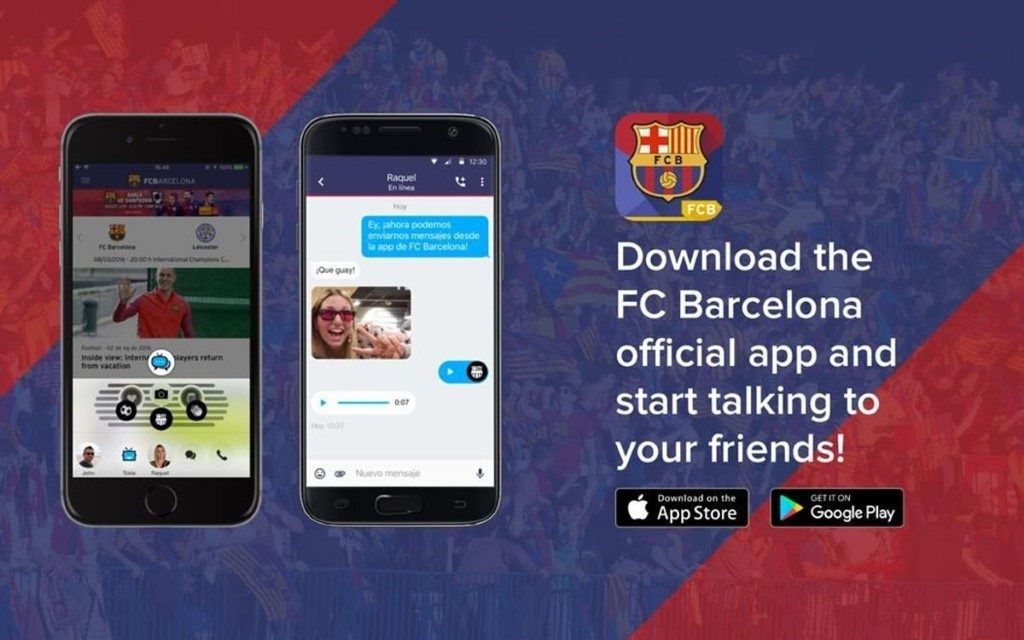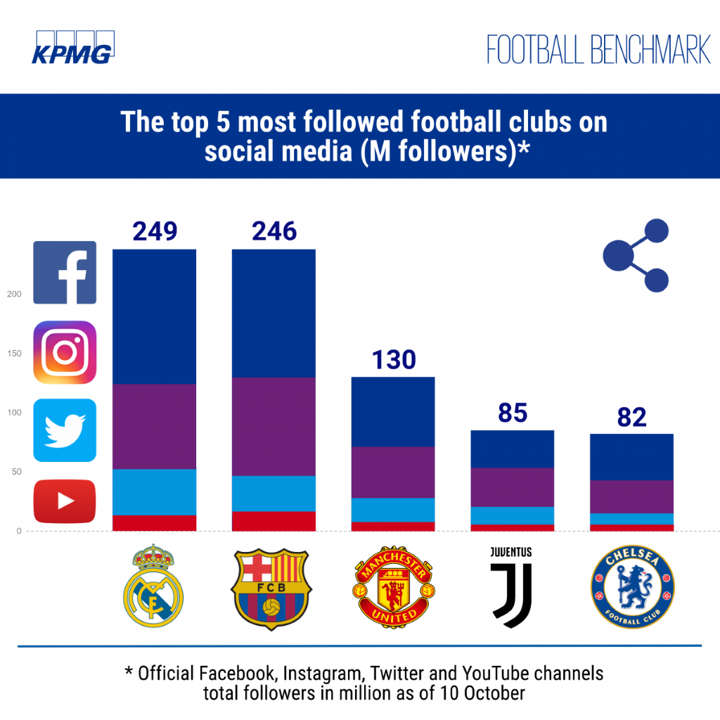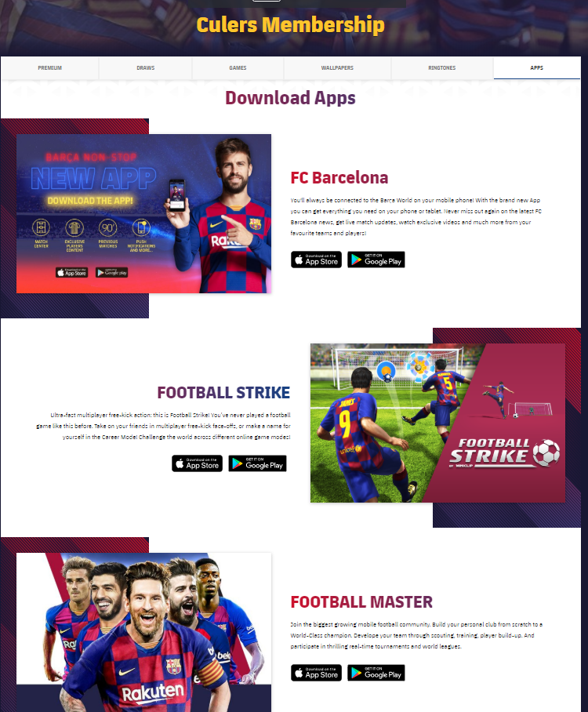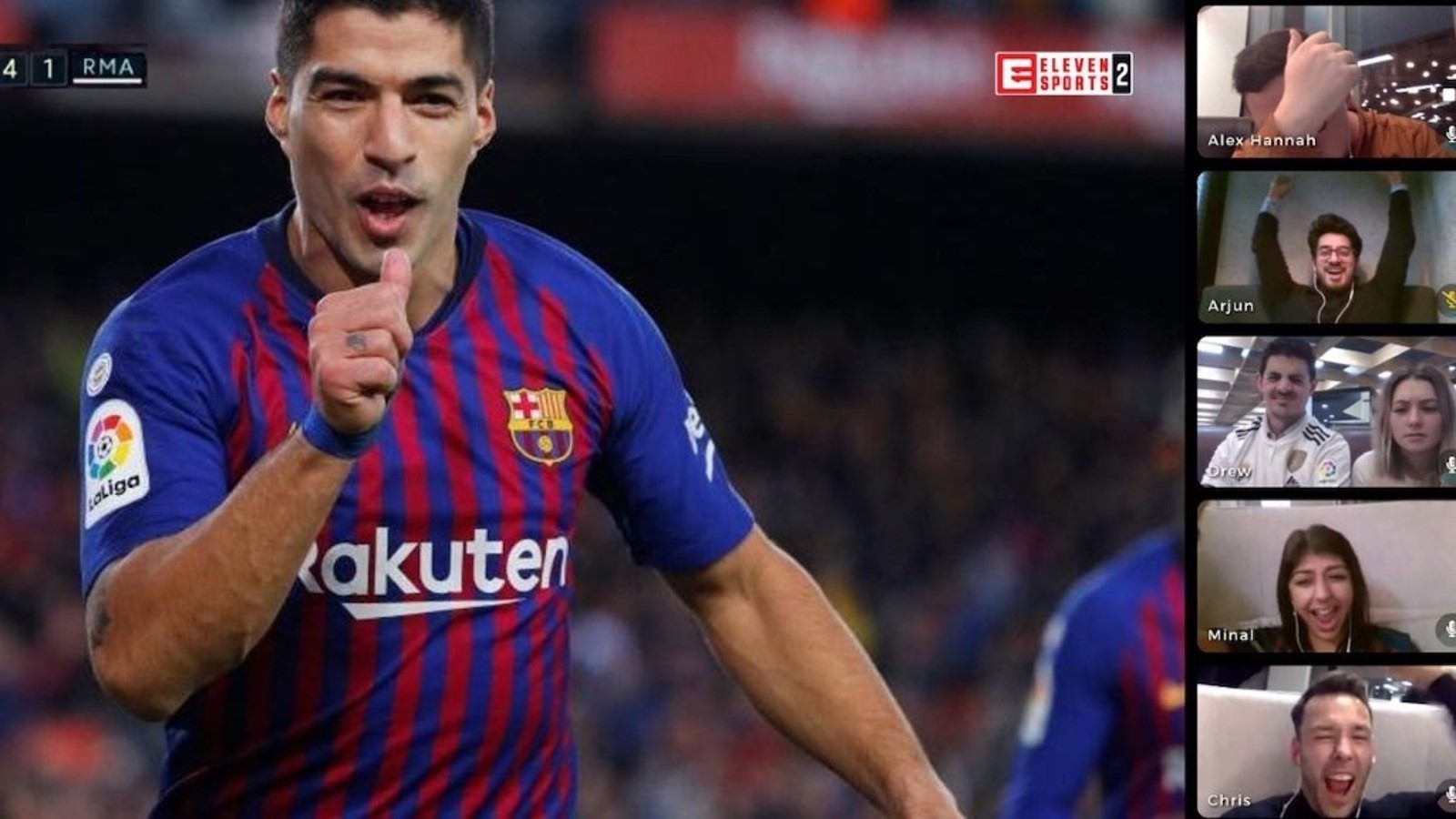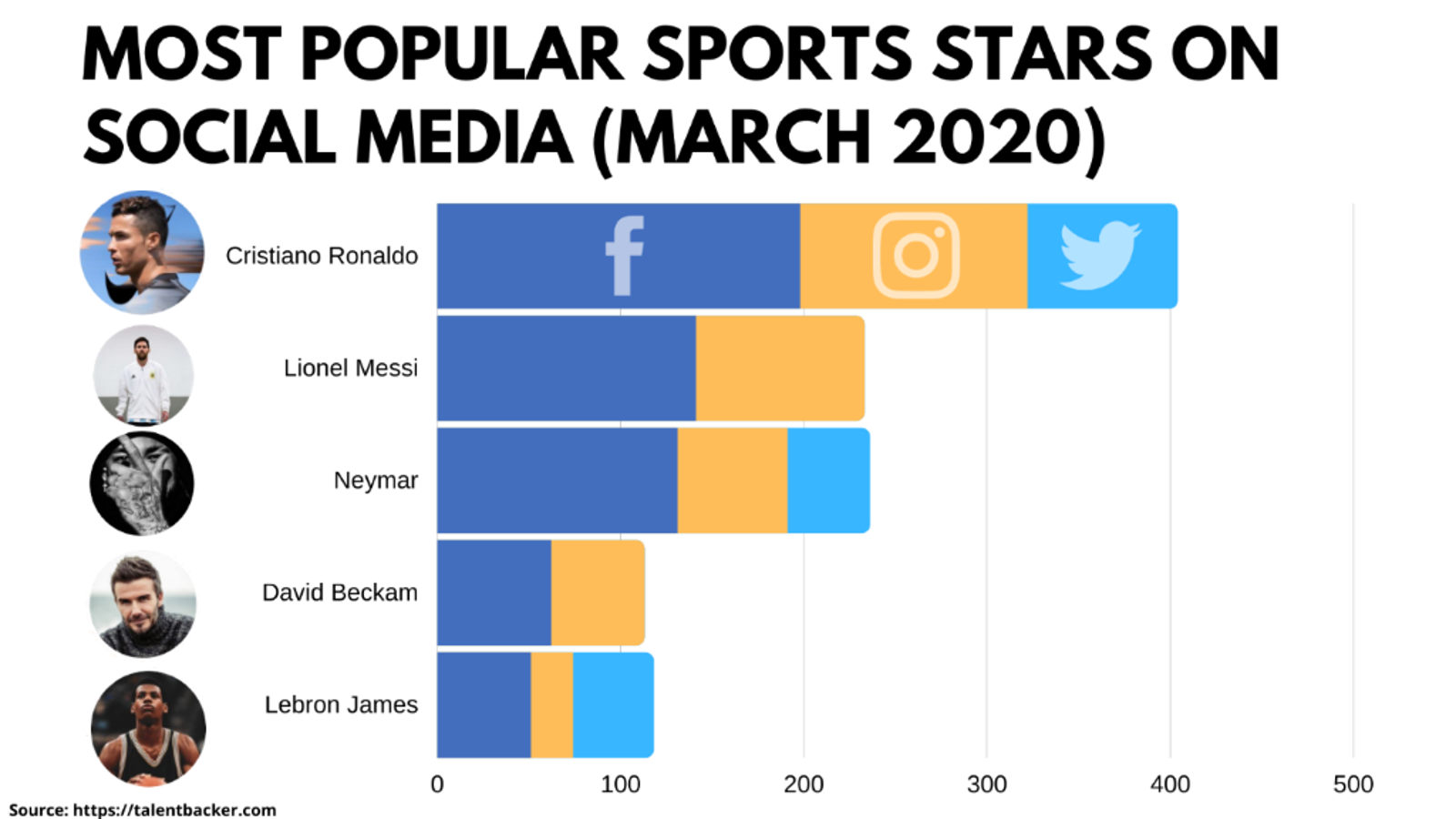Sports are back in a big way – the rules are different, but fans, teams, and OTT providers are rising to the challenge. There’s a huge demand for content and those same fans are online and looking for new ways to engage and consume sports. Summer has left them hungry and organizations that are first to the table are set to win big.
What should your app serve? Who does it target? What are the best ways to give fans content they’ll enjoy, while at the same time the club or team gets valuable data and revenue for their efforts?
We’re going to look at how to maximize the potential of these apps, and some other great tips. Look at our 8 strategies below to maximize engagement.
- Knowing your fans
- Investing in apps to engage Millennials and Gen Z
- Maximizing social engagement
- Developing evergreen fan engagement strategies
- Considering creative and interactive app use beyond stats and fixtures
- Engaging fans by using player’s social media status
- Supporting your fan’s preferred payment methods, especially digital wallets
- Providing offers and incentives to access exclusive content
1. Knowing your fans
Data collection will be vital to implementing any fan engagement and acquisition strategy. What this means, is that you’ll need to obtain as much information as possible about fans to provide content, services and products suited to their preferences and interests. Where are they based? Who are the hardcore fans? Do they engage using traditional means such as websites and live streams, or are they using apps? How much time do they spend on apps? Do they prefer long-form or short-form content? Editorials? Match analysis? Statistics? Interviews? Behind-the-scenes access? And in what format? Pictures? Videos? Written articles? Interactive games? There are a lot of questions to answer!
Apps are extremely versatile and have a huge advantage in terms of serving highly relevant and specific content, which is why they’re so popular among younger fans and sports brands alike. For the fan, it provides a single touchpoint to obtain exclusive information and updates. For the club or team, it provides a centralized location to understand fans better and to collect data that could otherwise be on separate, unconnected systems.
Fans love the interaction and will exchange information in return for deeper access to their favorite players and team. This data can then be used to analyze habits, assess needs and help shape your OTT offering from the fan’s perspective.
FC Barcelona’s app contains club news and information, as well as the ability for fans to interact with each other. (Source)
2. Investing in apps to engage Millenials and Gen Z
Nothing transcends age differences like sports. Within the stadium, all fans are equal. That doesn’t necessarily mean the same applies for the way they choose to consume content beyond the arena.
The results of a recent report by Imagen Generation Z and Millennials (typically 18-38 years old) are similar in their consumption habits, with 25% of Millennials (the older bracket) engaging in content for more than three hours, and 23% of Generation Z (the younger bracket) also engaging for more than three hours (Imagen, 2010). This content includes both archived footage (which fans report they are being underserved), as well as regularly served content such as interviews, analysis and match stats.
Fans of all ages are using technology more and more, but it’s the under 35s that are really invested in mobile technology, high speed internet connections and interactive content. 78% of fans between 18-23 use another device for social content while watching their favorite sports. Millenials aren’t far behind – 25% of Millenials stating they consume more than three hours of non-game content per week.
The best way to serve this demand is through team and club apps. End users have access to more data and content than they would otherwise receive through social media, including fantasy sports, prediction and punditry, fan polls, and interaction between fans through apps.
(Source)
3. Maximizing social engagement
Teams can no longer rely on just Facebook and Twitter – Millennials and Generation Z are turning to social media for more and more content. YouTube, Instagram and TikTok each have their strengths – as well as significant user bases of fans hungry for content.
Facebook and Twitter are still strong platforms for news, updates and text-based engagement. YouTube is the most popular platform for long-form video content such as interviews or live streams and video podcasts. Instagram is best suited to high-resolution photos, stories, and graphic quotes. TikTok is growing in popularity, with 800 million unique visitors, and is great for sharing short clips and fan content.
Fans are also creating their own content, and teams are supporting these creators with in-app tools to encourage sharing. A popular approach is ‘filters’ – video and photo processing popular on Instagram, Snapchat and TikTok.
Also consider that content on each platform can link viewers to content on other platforms. For example, a short clip on Instagram can point to a full video on Youtube. That video then points to the club or team website where those visitors convert into subscribers.
The biggest demographic on social media is still the UEFA Champion’s League, with Real Madrid commanding 249 million followers, followed closely by FC Barcelona’s 246m. They achieve this through a comprehensive social media presence that combines cross-platform content linking, original and engaging video, interactive content, and providing fans with tools to create their own content and feel closely involved with their team.
4. Developing evergreen fan engagement strategies
95% of fans have some form of interaction with their favorite league or team during the off season, with in depth content consumption attributing to a 20% higher spend than general news consumption. This shows that fans are still looking to engage – and still willing to spend – during off seasons.
All sports OTT providers in 2020 were faced with the same unavoidable challenge: ‘What can we do when there are no live sports to show?’. With this hurdle, new strategies needed to be implemented. Many of those same strategies apply to the off seasons, which unlike the pandemic, are predictable and can be planned for.
The start of the off-season is the perfect time to start generating excitement for the next season. Engaging fans with archive footage, past games, interviews and punditry are solid foundations. Where the rights might not exist, teams and clubs still have access to the grounds, the players, and the fans. Consider creating content such as podcasts, competitions, and team apps where fans can interact with each other.
5. Considering creative and interactive app use beyond stats and fixtures
There’s so much that can be achieved with apps to generate buzz, reward loyal fans, and even create revenue streams of their own, with clubs and teams focused on capitalizing on the demand for digital content.
Football team FC Barcelona is a great example; aside from apps that allow fans to watch games in VR via pitch-side 360-degree cameras, they have also released fantasy football apps, a football manager game and a striker game. Incorporating gamification into their app offering gives fans more of a reason to download and engage, and multiple data touch points for FC Barca.
The growing demand for 5G technology will give rise to new opportunities, including faster live streaming in VR, real-time betting, synchronous gamification with live events, and much more. Given that 9 out of ten Americans are using their phone at the same time as watching TV, the importance of complementary second-screen content is growing rapidly, a trend set to continue.
Watch Together is growing in popularity; the combination of live streaming and group video chat, allowing fans to interact without needing to be in the same room. Providers like Eleven Sports and BT Sports are spearheading the way with this technology allowing fans to celebrate – or commiserate – together.
6. Engaging fans by using player’s social media status
In the social media age, players and athletes have become just as important as the teams they play for, perhaps more so in certain sports. Younger fans follow their favorite players in the thousands, and that loyalty even extends to following that player when they move teams or clubs. Capitalize on this influencer status by producing, promoting and supporting this content across social media, to help drive traffic to subscriber services.
Juventus FC’s Cristiano Ronaldo, at time of writing (August 2020), has 234m Instagram followers – 34m more than he did in January. When he moved from Real Madrid to Juventus in 2018, his fans followed, and Juventus’ social media following soared as Real Madrid suffered losses in engagement.
7. Supporting your fan’s preferred payment methods, especially digital wallets
Payment method preferences are starting to shift away from credit cards and more towards bank transfer, digital wallets and alternative payment methods. Allowing fans to pay simply, with their preferred method, is especially important now, and will be critical in the next few years.
According to Worldpay, credit card accounted for 24% of all eCommerce payments in 2019 and is forecast to shrink to 18% by 2023. Digital and mobile wallets, on the other hand, are likely to increase from 41% to 52% in the same period.
The ability to implement payment methods with high penetration in local markets is particularly critical to success. There is a range of payment methods available, including Credit and Debit Cards, Bank Transfers and eWallets, Carrier Billing, In-App Purchasing and many others. Not all of these will be relevant in each market, but this is where OTT providers need to be flexible in their approach to deliver a localized experience to its consumers.
8. Providing offers and incentives to access exclusive content
Of the top five reasons fans are willing to pay for subscription content, live games came out on top at 25% of all surveyed. Removing the ads only accounted for 12% of all subscription purchases.
This ultimately suggests that while hardcore fans of all generations dislike sponsored content and ads, it’s accepted as necessary in order to obtain content for free. Within the report, 39% of those who reporting being willing to pay for exclusive content were Millennials.
There are a few approaches to this; by metering content, it’s possible to provide a subscription-lite approach, where a new customer can view a certain amount of exclusive content for free before being asked to pay. In OTT, this wouldn’t be the live services, but is used effectively for additional revenue streams such as exclusive interviews or analysis.
Another strategy is using the off season to provide discounts, such as early signup offers, or ‘VIP packs’ – the objective being to sign customers up to the lower-cost additional services that are used to generate buzz for live streams or other primary content.
To forego initial payment altogether, a free trial registration only access means you can capture customer data and habits to better tailor the membership packages; learn from a fan’s viewing habits and then target them accordingly.

More Information
MPP Global have recently updated our Fan Engagement for Sports Brands to a 2020 edition, which now includes the most recent stats and data, as well as some key post-COVID-19 strategies for OTT providers.
Our partners at Deltatre have recently released a podcast with more information on the design elements of sports OTT technology, which can be listened to here.
Other useful resources
We’re here to help
If you are reviewing your OTT strategy, get in touch to arrange a demo of how we can unlock all the tools needed to succeed now, and in the future.
Contact our helpful team; Telephone +44 844 873 1418 or visit our contact us page.


